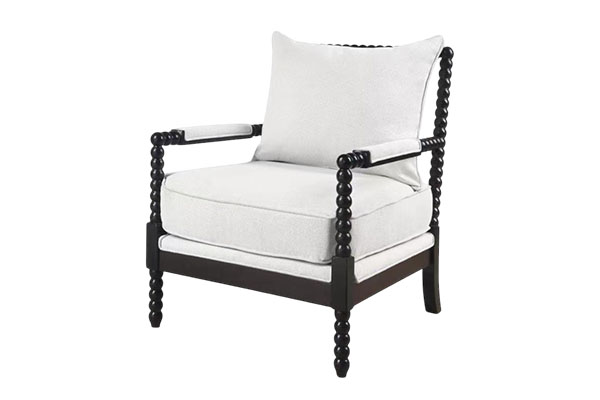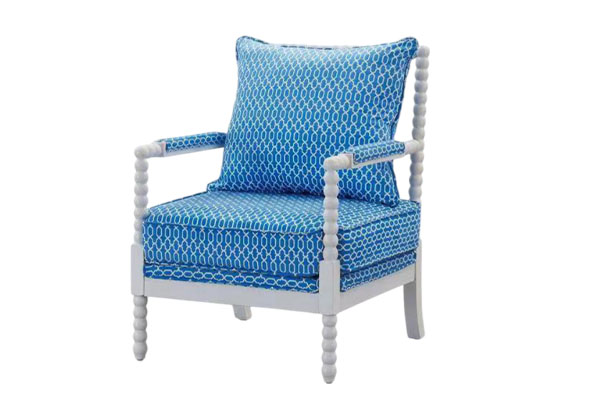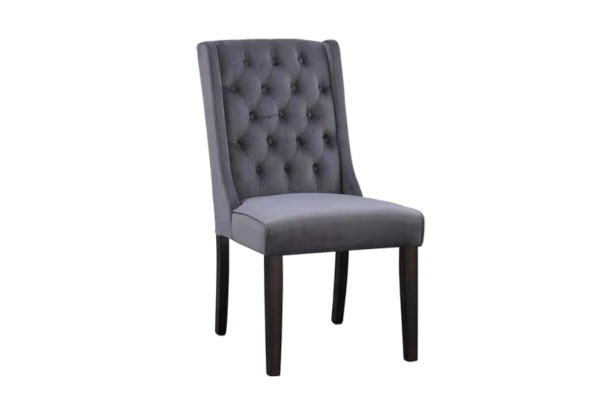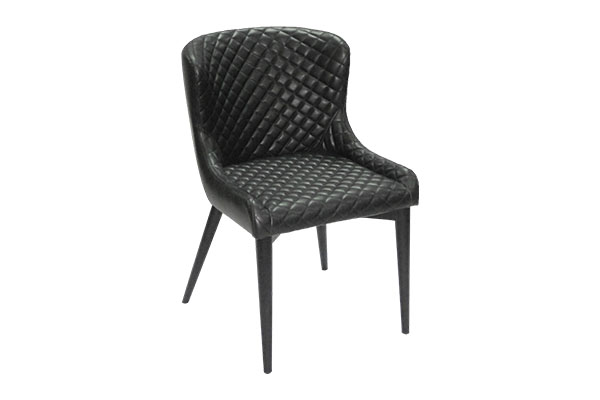Imported rubber wood armchair has good toughness. How to avoid deformation when bearing weight and ensure safe use?
Release Time : 2025-07-31
The exceptional toughness of imported rubberwood armchairs is a key characteristic that prevents deformation under load and ensures safe use. This toughness isn't simply softness; it's the balance of elasticity and strength exhibited by the wood when subjected to stress. This allows the chair to both bear weight and distribute pressure through appropriate deformation, acting like a hidden elastic support, striking the perfect balance between stability and cushioning.
When someone sits down, their weight is instantly transferred to all stress-bearing areas of the chair. The toughness of imported rubberwood prevents the legs, seat, and other components from breaking directly under pressure, as would happen with brittle materials. Instead, they undergo subtle elastic deformation. This deformation acts as a cushion, distributing concentrated pressure over a larger area, preventing cracks or bending caused by excessive stress and preventing deformation at the source.
The armchair's structural design complements the rubberwood's toughness to further enhance its resistance to deformation. The joints between the legs and seat often utilize mortise and tenon joints, a traditional technique that creates a tight bond between the wood while retaining a certain amount of movement. When the chair is loaded, the rubberwood's toughness allows for a slight stress relief at the mortise and tenon joints, preventing cracking that could result from rigid connections. Furthermore, the wood's inherent elasticity ensures the structure returns to its original shape after being stressed, maintaining overall stability.
Under long-term load, the toughness of imported rubberwood resists fatigue deformation caused by sustained pressure. While ordinary wood may gradually warp under prolonged pressure, causing the chair to tilt or the seat to sag, the toughness of rubberwood allows it to maintain its shape under sustained load. It possesses a kind of memory function, returning to its original state after each load, preventing permanent deformation from accumulated day-to-day use, ensuring the chair remains securely in place.
Under uneven load conditions, such as when someone leans sideways on the armrest, the rubberwood's toughness allows the armrest to undergo directional elastic deformation, transferring some of the force to the legs and frame, preventing the armrest from breaking due to localized excessive force. This force transmission and distribution allows each component of the chair to share the stress, preventing deformation of a single part due to overload. This ensures structural stability regardless of the user's seating position, minimizing safety risks.
Rubberwood's resilience is also reflected in its adaptability to temperature and humidity fluctuations. Fluctuations in humidity and dryness can cause the wood to shrink or swell, leading to deformation. Imported rubberwood undergoes special treatment to optimize its toughness, allowing it to fine-tune within a certain range to adapt to environmental changes, reducing internal stress caused by uneven expansion and contraction. This adaptability prevents the chair's structure from loosening or deforming due to environmental factors, indirectly ensuring safety during use.
Furthermore, the complementary properties of rubberwood's toughness and hardness ensure that the armchair is neither too rigid nor too flexible when bearing weight. Excessively hard wood lacks cushioning and is prone to cracking under impact, while overly soft wood easily deforms and struggles to support weight. The moderate toughness of imported rubber wood allows the chair to provide solid support when bearing weight, and absorb part of the impact force through its own deformation, protecting the user from falling due to sudden deformation of the chair, while also protecting the chair's own structure from damage, thus achieving dual guarantees of safety and durability.







